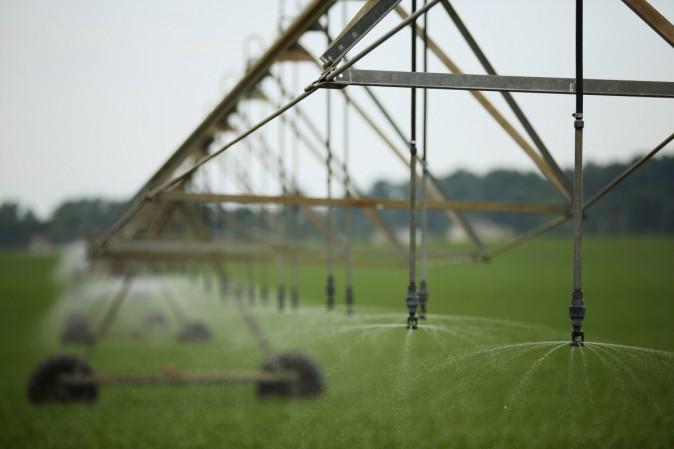
India has more agricultural land than the US and China, according to a new study aimed at advancing food water security.
The third largest major growing economy in the world has the largest cropland of any country at 179.8 million hectares, compared with 167.8 million in the US and 165.2 million in China. Russia is at the fourth position despite South Asia and Europe being known as the agricultural capitals of the world, Bloomberg reported.
According to the US Geological Survey, global farmland totals 1.87 billion hectares (4.62 billion acres) which is about 15 to 20 percent higher than earlier projections. This increase is because the assessment of areas mapped inaccurately before or left unmapped.
Reports also suggest that food grain production increased five times over six decades. The output of food grains in India increased from 50.82 million tonnes in 1950-51 to 252.22 million tonnes in 2015-16, according to the Agriculture Statistics 2016 report.
Despite this, cereal yield in India was the second lowest in the BRICS (Brazil, Russia, India, China and South Africa) list. China, on the other hand, reported the highest yield of cereals and pulses among BRICS nations.
The reason for the low yield is a large part of certain farmland in India still lacks proper irrigation facilities and erratic monsoons that affect agricultural inputs, IndiaSpend reported earlier this year.
"The preponderance of small and marginal holdings makes this high volatility even more worrisome, as small and marginal farmers are highly vulnerable to adverse climatic conditions," said the State of Indian Agriculture 2015-16 report.
Yields in the areas with extreme rainfall remain low. Similarly, increasing temperatures also worsens yield fluctuations of many crops the report said.
Further, the report also suggested that yield can be achieved by opting for non-conventional methods such as sprinkler, drip or micro-sprinkler irrigation.

The State of the Indian Agricultural Report points out: "To enhance productivity, easy and reliable access to inputs such as quality seeds, fertilizers, pesticides, access to suitable technology tailored for specific needs, the presence of support infrastructure and innovative marketing systems to aggregate and market the output from large number of small holdings efficiently."
The latest data from World Bank also shows that around 60.3 percent of India's land area is agricultural land. The bank defines agricultural land as "share of land area that is arable, under permanent crops, and under permanent pastures."














